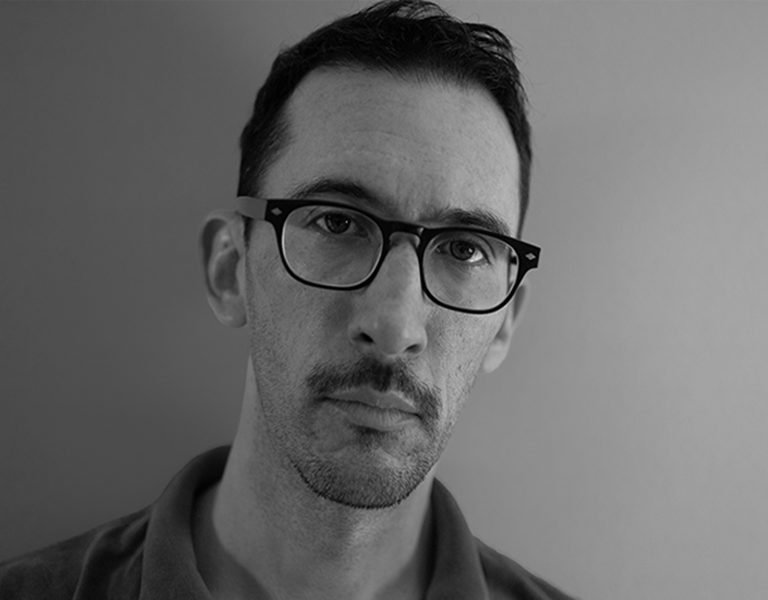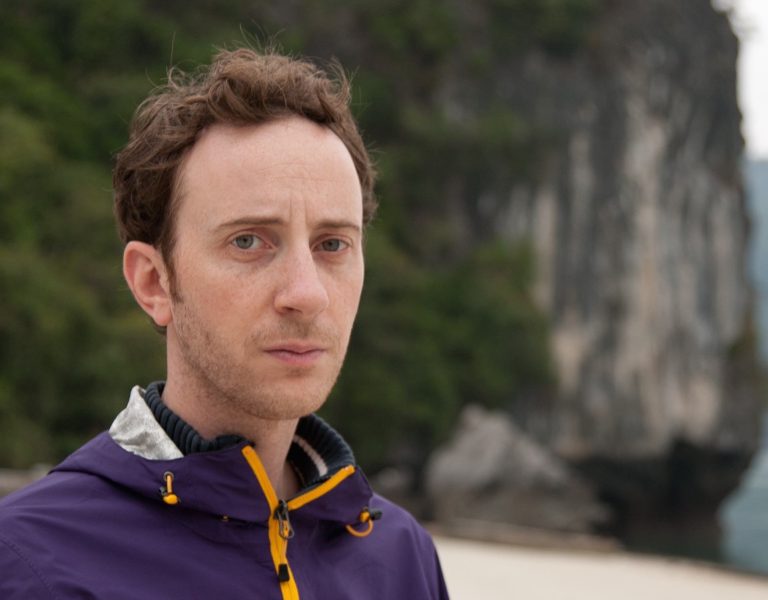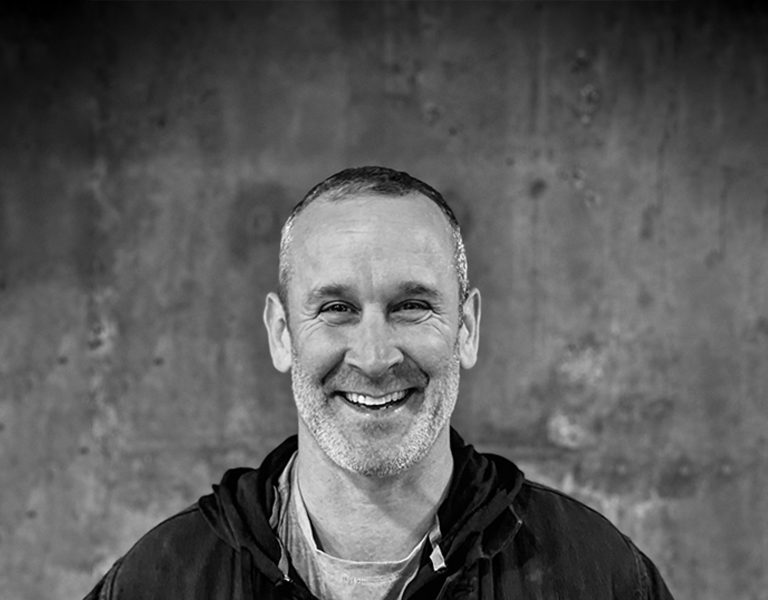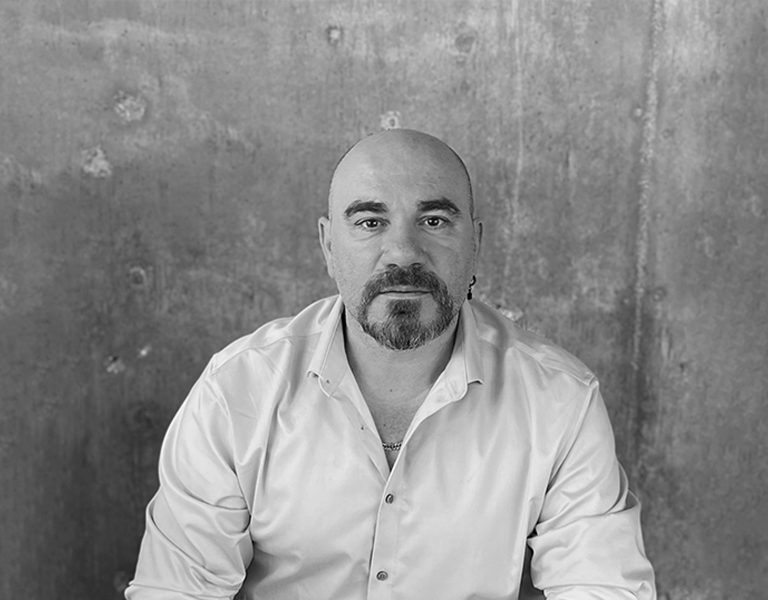Founded in 1949, the British Society of Cinematographers, with Freddie Young BSC as its first president, continues to support the industry with 256 members today.
Obscure pub quiz question of the year:
Can you name the common denominator between Alan Titchmarsh, Arabella Churchill, Bill Nighy, Billy Joel, Bruce Springsteen, Caitlin Jenner, Francis Rossi, Jeff Bridges, Jeremy Corbyn, Jessica Lange, Jim Broadbent, John Cooper Clarke, John Curry, Lionel Richie, Mark Knopfler, Martin Amis, Meryl Streep, Mick Taylor, Mo Mowlam, Richard Gere, Rick Wakeman, Robert Lindsay, Robert Palmer, Roger Taylor, Sigourney Weaver, Sissy Spacek, the BSC, Tom Waits, Trevor Sorbie, Twiggy, and Zoe Wanamaker?
Answer: They were all born in 1949. Happy birthday, BSC!
The British Society of Cinematographers was launched in September 1949 with Freddie Young BSC as the first President of the Board, Guy Green BSC as the vice president and 55 members. As with most great ideas, it started with a dinner. This one was hosted by Bert Easey BSC (23 August 1901 – 28 February 1973) in 1947 at The Orchard Hotel in Ruislip. He was head of the Denham and Pinewood Studio camera departments and invited the leading lights of the day to discuss forming a guild to represent British cinematographers.
Today there are 256 Full, Honorary and Associate members. The president is Christoper Ross BSC and joint vice presidents are Oliver Stapleton BSC and Laurie Rose BSC. The BSC continues its great tradition of collaboration and support for the industry and has been the first to give a generous donation of T-shirts, polo shirts and sweatshirts to Kit4Crew (realsfx.com/kit4crew) in response to a request from the GBCT.
1949 was a good year. The 21st Academy Awards were held on 24 March and marked the first time a non-Hollywood production was awarded Best Picture – Laurence Olivier brought the Oscar home for Hamlet. He was nominated for Best Director, but lost out to John Huston for The Treasure of the Sierra Madre. Hamlet’s director of photography was one of the original BSC Board members – the splendidly named Desmond Evelyn Otho Cockburn Dickinson BSC (1902–1986) whose work on Hamlet had garnered him the International Award for Best Cinematography the year before, at the 1948 Venice Film Festival. The first time he met Olivier, he was told, “I want this picture to be sharp all over so I can have a great big close-up in the foreground, but the back of the set must also be sharp.” Sound familiar? He was also restricted to a ‘normal’ lens, as Olivier wanted a certain naturalism and no distortion in the image. He resolved this by shooting the film at apertures of between f11 and f8 – the widest aperture used according to Dickinson’s operator Ray Sturgess.
The multi-talented Dickinson had a long and varied career, having started work at the Sopwith Aviation Company in 1915 at the age of 13. After WW1, he worked in the photographic department at Clarendon Film Company, before moving to Stoll Picture Productions in 1919. He remained there for 16 years and worked his way up to cameraman. In 1932 he directed Detective Lloyd, notable at the time as Britain’s only talkie serial. 12 thrilling chapters in which Detective Lloyd, played by Jack Lloyd battled the villainous Panther, played by the less nominatively determined Wallace Geoffrey. Sadly the film is now lost and on the BFI’s 75 Most Wanted list. Dickinson took a break during WW2 to work for the Ministry of Information on morale boosting documentaries. High profile projects after Hamlet include The Browning Version and The Importance of Being Earnest. He received his final credit in 1976.
In 1949, Clement Attlee was over half way through his term as Britain’s Labour Prime Minister, during which he enlarged and improved social services and the public sector in post-war Britain, created the National Health Service and nationalised major industries and public utilities. Good times!
Other significant events in 1949 include the discovery of another moon of Neptune, the Berlin Blockade coming to an end, NATO being formed, the Geneva Convention being agreed and Britain recognising the independence of the Republic of Ireland. The world’s first commercially available computer The Ferranti Mark 1 was released. A Boeing B50, aptly named the Lucky Lady, completed the first non-stop flight circumnavigating the world. George Orwell’s prophetic 1984 was published and the world was introduced to Noddy and the first Volkswagen Beetle. The year 1949 also welcomed the Emmy Awards, bestowed by the Academy of Television Arts & Sciences in recognition of artistic and technical merit in American primetime television programming. Engineer and editor Louis MacManus designed the statuette using his wife Dorothy as a model for the winged woman, representing art, holding aloft an electron, which represented science. Emmy is the feminisation of the original name Immy, which was a nod to the image orthicon, originally built to guide bombs in WW2 and subsequently used in television to aid Princes of Darkness in the capture of candlelit images.
The first Emmy Awards, retroactively known as the Primetime Emmy Awards, were presented at the Hollywood Athletic Club in Los Angeles on Tuesday 25 January 1949. Only shows produced and airing in Los Angeles were eligible, which perhaps explains why one of the six original winners was 22-year-old ventriloquist Shirley Dinsdale and her companion Judy Splinters, whose age remains a mystery until someone cuts her in half and counts the rings. Louis MacManus and his statuette won in the Special Award category. Colin Watkinson ASC BSC is the only British cinematographer to date to have won a Primetime Emmy Award for Outstanding Cinematography for a Single Camera Series (One Hour). This was awarded in 2017 for “Offred”, the pilot episode of The Handmaid’s Tale. Colin was nominated in the same category in 2018 and 2019.
Looking forward to your 80th, BSC!










